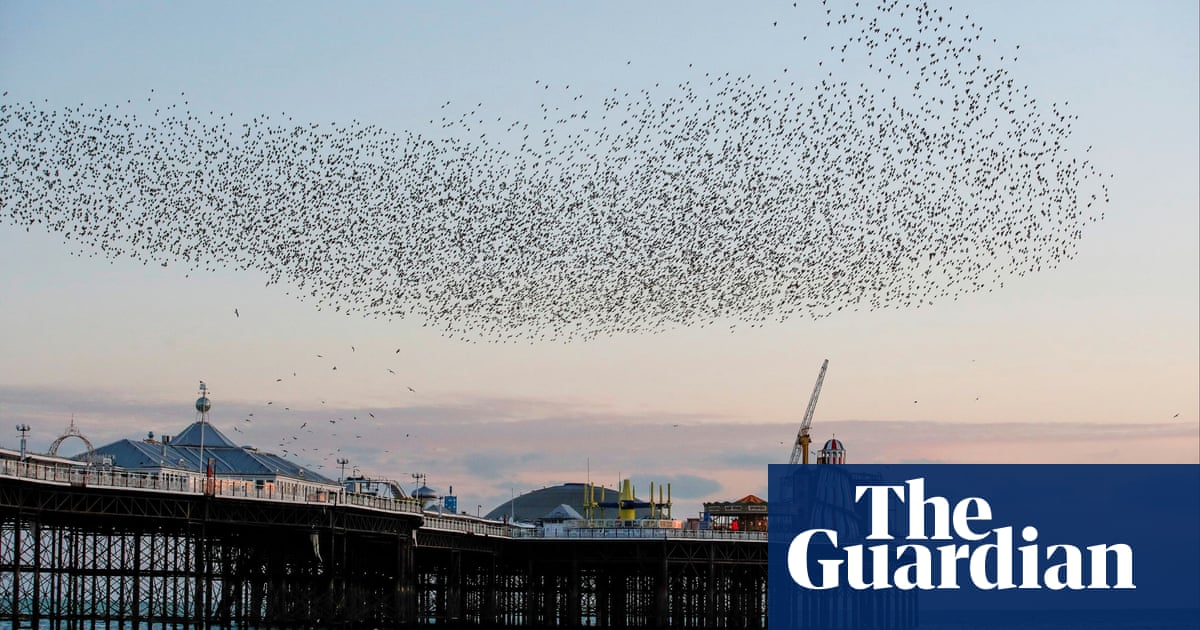
gnès Varda said that we all carry landscapes. As I stood alone on a small stone bridge, clouds shedding their pinks in the dimpsey and the valley clotting to iron blue-black, thousands of starlings came to roost in the reeds around me.
Here below France Woods, at the back of the Ley, I was well away from other people. I know full well that they too come to the reserve to press their hearts against the loveliness of the birds’ nightly gathering, but I wanted to be away from the chatter and the bright, intrusive screens held up between world and eye.
Earlier in the week a man had complained loudly that the birds were “not displaying”, and I’d let my irritation spoil the hour. This evening there was again no Instagrammable “display”, no spectacular murmuration against sea-lit sky. Instead, quitting the fields in the blue gloomth, the starlings pelted in hard and low over the scrubby oaks and goat willows of Ireland Bay, to hurl themselves, like so many brown stones, directly into the reedbeds.
In tight groups they came, a few hundred at a time, occasionally a thousand or more. At first it was easy to see them, tracery against the just-light western sky, then they manifested in the crepuscule, brown against blue, apparently from nowhere; coming at body height, unsettling the already sleeping songbirds, disturbing the alders and the grey heron as we waited, feet in the water. Ours not yet to sleep but to stand – air damp with smells of otter spraint, moss and old stone, the Ley smooth but for the odd turn of an eel in the ink.
Each group of birds flew in so close that I could feel the air move on my cheeks and hear with my whole body the urgent rush of wings meeting reeds. (I wonder: do wings remember spaces the way our feet remember a path?) For a few more moments, in total darkness the flock noisily settled and resettled, and then they were quiet.
In the hour between the dog and the wolf, the starlings had carried the landscape back to me, like rain falling from a cloud.












